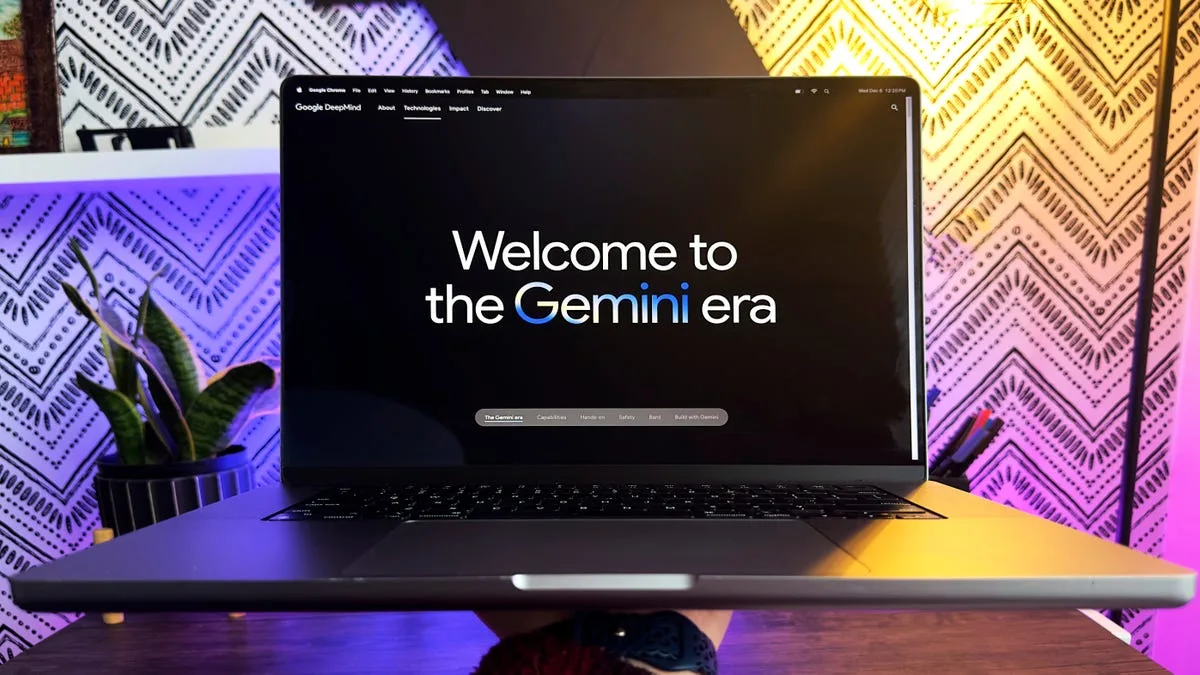Revolutionary Lip Sync Feature Launches in Kling AI Video Generator
In an era where digital content creation is more accessible than ever, Kling has made waves with its latest upgrade: an advanced lip sync feature that stands out as one of the most precise tools currently available in the realm of artificial intelligence (AI) video generation. The innovative functionality even works with faces that are not properly aligned with the camera, pushing the boundaries of realism in AI-generated videos.
The Holy Grail of AI Video Editing
The capability to create convincing lip sync is a monumental achievement in the world of AI video technology. Historically, achieving realistic mouth movements to match spoken words has been a significant challenge for developers. This development not only opens avenues for artificial actors but could also enable individual creators to compose and produce entire film projects with dialogue. While Kling is not quite at the level of a Hollywood icon like Danny DeVito, it is undeniably making strides in that direction.
A Flurry of Feature Updates
In recent weeks, Kling has rolled out several updates, including the introduction of the v1.5 model, new community-driven functionalities, and a motion brush tool that allows users to specify which elements within an image to animate. This suite of features positions Kling as a versatile tool for creatives.
Getting Started with Lip Sync
How does the lip sync feature work? The process begins with generating a video clip. You then select the "match mouth" option, allowing Kling to analyze and track mouth movements throughout the video segment. Though this step can take around ten minutes, it is critical for achieving the natural feel that Kling offers.
Once the lip movement is isolated, users can upload audio clips for synchronization. This audio can be sourced from multiple platforms, including ElevenLabs or even vocal recordings produced by ChatGPT. Following this, Kling aligns the audio to the video, animating the mouth movements to appear as if the character is conversing or performing a song.
Overcoming the Uncanny Valley
While Kling offers impressive realism, it is not without its challenges. Users may occasionally encounter the uncanny valley effect, which refers to the unsettling feeling generated when an animated figure looks almost human but not quite. This challenge stems partly from the direct correlation between audio and how accurately the mouth movements are captured.
Lip Sync Limitations and Pricing
It’s important to note that lip syncing functionality is currently limited to human characters. Some users have attempted to modify this by creating humanoid aliens or animal characters with flat, human-like faces, but this practice seems unconventional. Additionally, lip syncing for a ten-second video costs approximately 10 credits, which could limit more complex narratives requiring longer durations. For extended dialogues, users may need to resort to alternative tools such as LibDubAI, HeyGen, or Hedra.
Community Engagement Features
The latest Kling update extends beyond lip sync capabilities. New community features encourage users to share their creations, enabling them to earn credits for future projects. While the sustainability of this credit-earning loop remains to be seen, it provides a promising interaction avenue for users.
The Motion Brush: A New Dimension of Animation
Kling also introduced the Motion Brush, a tool reminiscent of capabilities found in Runway Gen-2. Users can select specific elements within an image and instruct Kling on how to animate them. One standout example showcased the tool’s effectiveness in a yoga video where it seamlessly captured intricate movements.
API Integration for Developers
In a bid to expand its utility, Kling has announced the release of an API, allowing developers to integrate its AI video capabilities into their platforms. This move places Kling in league with other innovative companies like Luma Labs and Runway, broadening the scope of what can be accomplished with AI-generated video content.
Establishing Leadership in AI Video Generation
With these enhancements, Kling has solidified its reputation as a pioneering entity in the generative AI video landscape. The platform combines advanced production features with an understanding of physics that many competing technologies struggle to replicate. Its progress reflects the future of video content creation, proving invaluable for both professionals and hobbyists alike.
Why Choose Kling for AI Video?
For those exploring options in AI video generation, Kling emerges as a compelling choice due to its innovative features and user-friendly interface. The combination of precision lip syncing, community engagement opportunities, and motion animation capabilities allows creatives to produce high-quality content easily.
The Road Ahead for Kling Users
As AI technology continues to evolve, users can anticipate further advancements from Kling. Future updates stand to refine existing features and introduce new ones, keeping the platform at the forefront of AI video technology. With tools that blend ease of use and professional quality, Kling is more than just a tool; it is a companion for creatives aiming to push the envelope.
Conclusion: A New Era of Creativity
In conclusion, Kling’s new lip sync feature, along with accompanying updates, marks a significant leap in AI video generation technology. It opens up exciting possibilities for content creators while enhancing the overall production process. As individuals and businesses alike aim to elevate their digital storytelling, Kling stands as a promising partner, encouraging innovation and creative exploration in a swiftly changing landscape.







